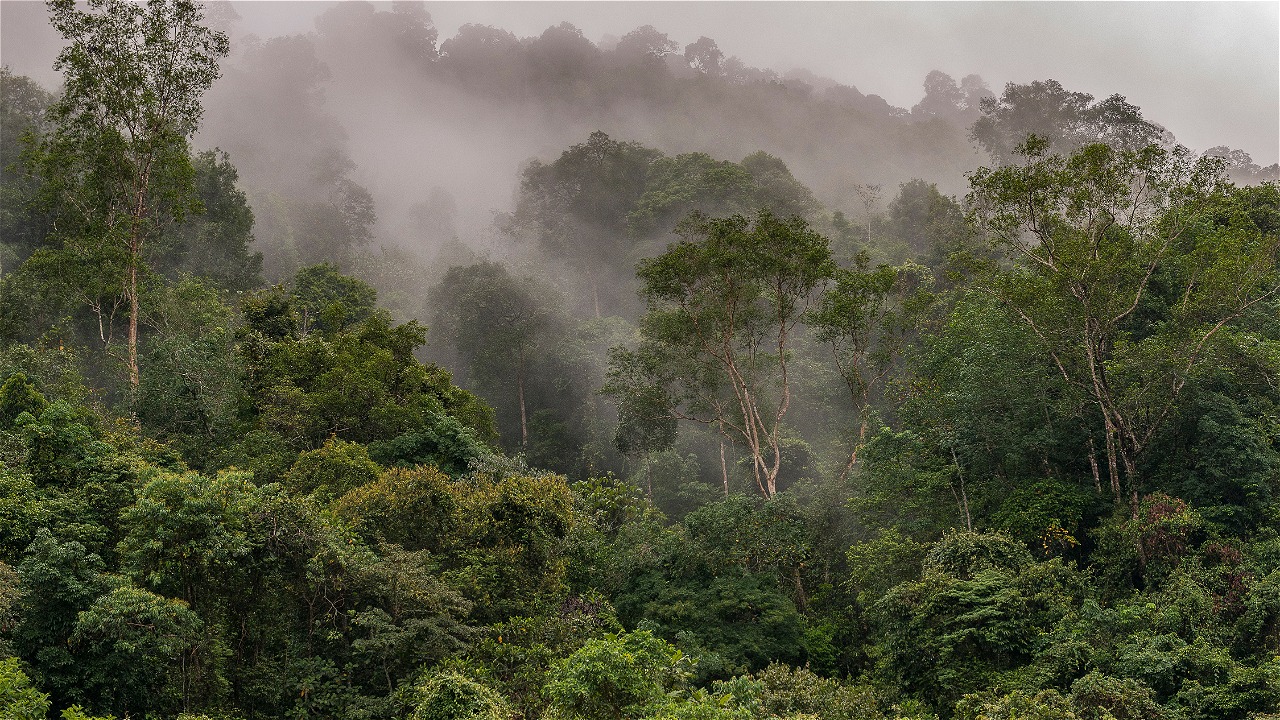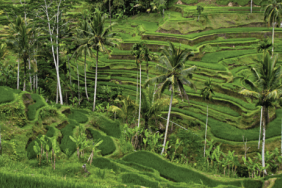RIMBANG BALING LANDSCAPE AS A STOREHOUSE OF KNOWLEDGE AND SOURCE OF LIFE
By: Rafselia Novalina
Science is an inherent part of everyday life. Science develops through research conducted by humans. To appreciate the development of science, every November 12, 2015 is commemorated as World Science Day.
WWF-Indonesia as a conservation organization has a number of researchers engaged in science. Aspects studied include biodiversity, socio-cultural communities and the environment. One of the potential areas to conduct research is the Rimbang Baling Landscape.
The Rimbang Baling Landscape with an area of approximately 500,000 Ha, is a key part of the Sumatran Tiger Conservation Landscape. The landscape includes several conservation areas such as the Rimbang Baling Wildlife Sanctuary and Bukit Bungkuk Nature Reserve, protected areas such as Bukit Batabuh Protection Forest, industrial timber estates, plantations and traditional community-managed areas. These landscapes play a very important role for communities in central Sumatra, for example as water towers and other sources of life.
The natural wealth and biodiversity of Rimbang Baling is a regional, national and even global asset. Much of its biodiversity is categorized as protected, rare and endangered, such as the Sumatran Tiger. There are many other potentials of Rimbang Baling, namely the socio-cultural life of the community through its local wisdom, nature, waterfalls, rivers and hills. Some of the things that have been developed and managed in Rimbang Baling are biodiversity research, protecting the river through the local wisdom of lubuk larangan and the ecotourism sector.
Research and activities in Rimbang Baling are conducted by several organizations (WWF, Hakiki, Sikukeluang Cultural House and AMAN) and communities in the Rimbang Baling area. Community participation in the management of Rimbang Baling through the development of ecotourism has been managed by the Batu Dinding Working Group which is a local community from Tanjung Belit Village, Rimbang Baling Landscape.
Several studies have been conducted on the presence of Sumatran tigers, jungle cats, and other flora and fauna. The results of the research show that there are many potentials of Rimbang Baling that must be preserved. Some of the research on the Rimbang Baling Landscape that has been published by journals and media, among others:
- A scientific journal published by Plos One entitled "Tigers Need Cover: A Multi-Scale Occupancy Study of the Big Cat in Sumatran Forest and Plantation Landscapes". This journal examines the occupancy of Sumatran tigers in land use change in Central Sumatra. The journal can be accessed via http://journals.plos.org/plosone/article?id=10.1371/journal.pone.0030859
- A scientific journal published by Cambridge Journals entitled "Threatened Predators on the Equator: Multi-Point Abundance Estimates of the Tiger Panthera tigris in Central Sumatra". This journal examines the population density of Sumatran Tigers in Central Sumatra using camera traps. The journal can be accessed via http://journals.cambridge.org/action/displayAbstract?fromPage=online&aid=8893960&fileId=S0030605311001530
- A scientific journal published by the Journal of Zoology entitled "Cat Coexistence in Central Sumatra: Ecological Characteristics, Spatial and Temporal Overlap and Implications for Management". This journal examines the existence of wild cats that are different species and share space in one habitat. The journal can be accessed via http://onlinelibrary.wiley.com/doi/10.1111/jzo.12218/abstract
- A popular article published by Mongabay entitled "In Sumatra, Five Wild Lucing Species Live in One Habitat. How Do They Share Space?". The article examines the presence of wild cats in the Rimbang Baling Landscape. The article can be accessed via http://www.mongabay.co.id/2015/08/03/di-sumatera-lima-jenis-kucing-liar-hidup-di-satu-habitat-bagaimana-cara-mereka-berbagi-ruang/
.
.
.
The publication results show a lot of potential to conduct research on Rimbang Baling as a science development.





